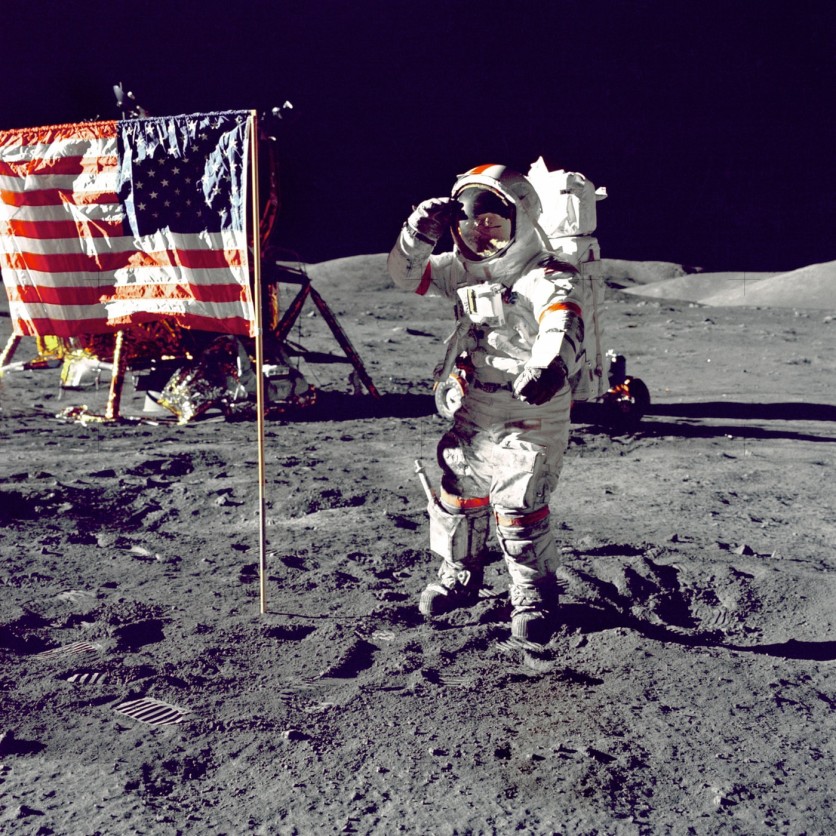
Mar. 2 marks the date for the 20th ISS resupply mission of SpaceX, bringing the usual goods and supplies, and a payload of remarkable experiments from both the paying customers and partners. On top of this is a big expansion of the Columbus Module of Europe. The most outrageous of all these is the 'BOOST in Space' initiative of Adidas. To show its commitment to the mission, the shoe company has created its midsoles "by fusing together thousands of tiny foam spheres."
Regretfully though, this is typically done on Earth where gravity is present. Therefore, they definitely want to try it in space to discover new learnings. Relatively, microgravity, as indicated in the product description, allows a closer look at the elements behind location and pellet motion, which can enhance the processes of manufacturing, not to mention the comfort and product performance.
Adidas' Contribution
Additionally, Adidas' contribution undoubtedly makes for a great stunt. In fact, such revelations coming from the toaster-size mechanism is sure to result in better shoes. It's amusing, but as typical with these commercial undertakings, it is quite cool that it is possible to simply decide to engage in some experimenting in the International Space Station (ISS).
Moreover, microgravity is an in-demand condition, and some of the other research studies going up depend on it, too. Another commercial process is the one from the faucet maker, Delta, which perceives it can learn something about the formation of a droplet, and develop more efficient showers and the like. Emulate sends up an intestinal tissue or an organ-on-a-chip from which it hopes, will help teach people how microgravity, as well as the other prospective space travel stressors, impact the exposure to infection and the intestine immune cell.
"BOOST in Space"
As part of Adidas' official long-term aspiration to leverage the ISS National Lab, the shoe company's iconic Boost technology is set to embark on a groundbreaking mission to the space station's orbiting laboratory over 400 kilometers atop the Earth's surface. Fortunately, through the ISS National Lab, a Boost pellet supply, will soar on a cargo mission that NASA contracted for the replenishing of the station with critical research materials and supplies.
Incidentally, in space, the astronauts of NASA are set to experiment utilizing the Boost midsole creation procedure minus the disruption of Earth's gravity. Relatively, the main objective for this is to unveil the pellet movement's secrets during the filling of the midsole mold through, fortunately, the microgravity condition. This particular condition is something that the scientists are theorizing, can be utilized to optimize the comfort and performance of the footwear.
Even though BOOST in space is considered a great contribution to the ISS, Adidas said, it is only the beginning of its work with the ISS National Lab. It is certainly the "big bang," marking the onset of the modern-day space race to develop "a running shoe ahead of its time." A running shoe, which according to this popular footwear firm, allows athletes to perform in their respective games at a level they never imagined possible.
ⓒ 2025 TECHTIMES.com All rights reserved. Do not reproduce without permission.




